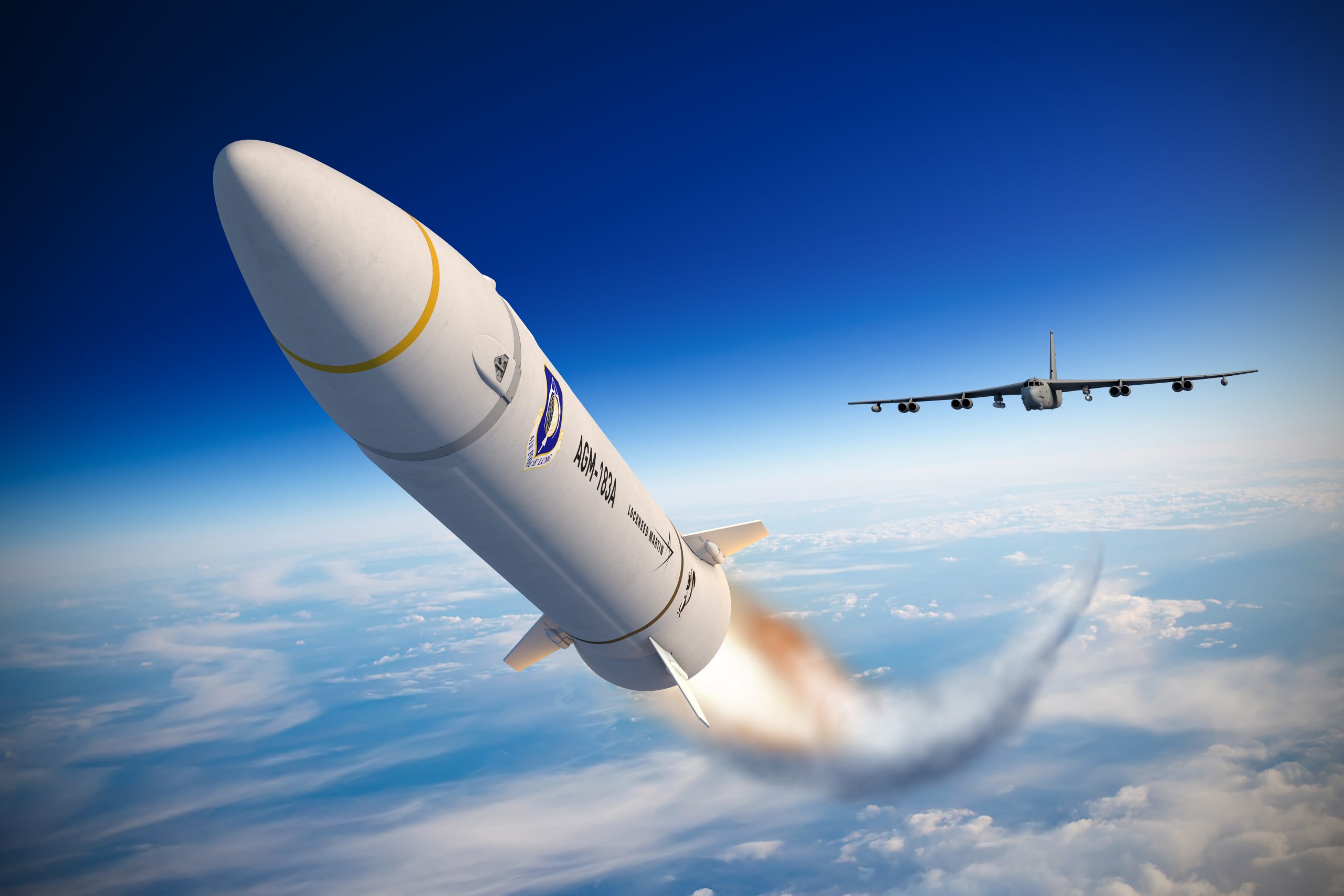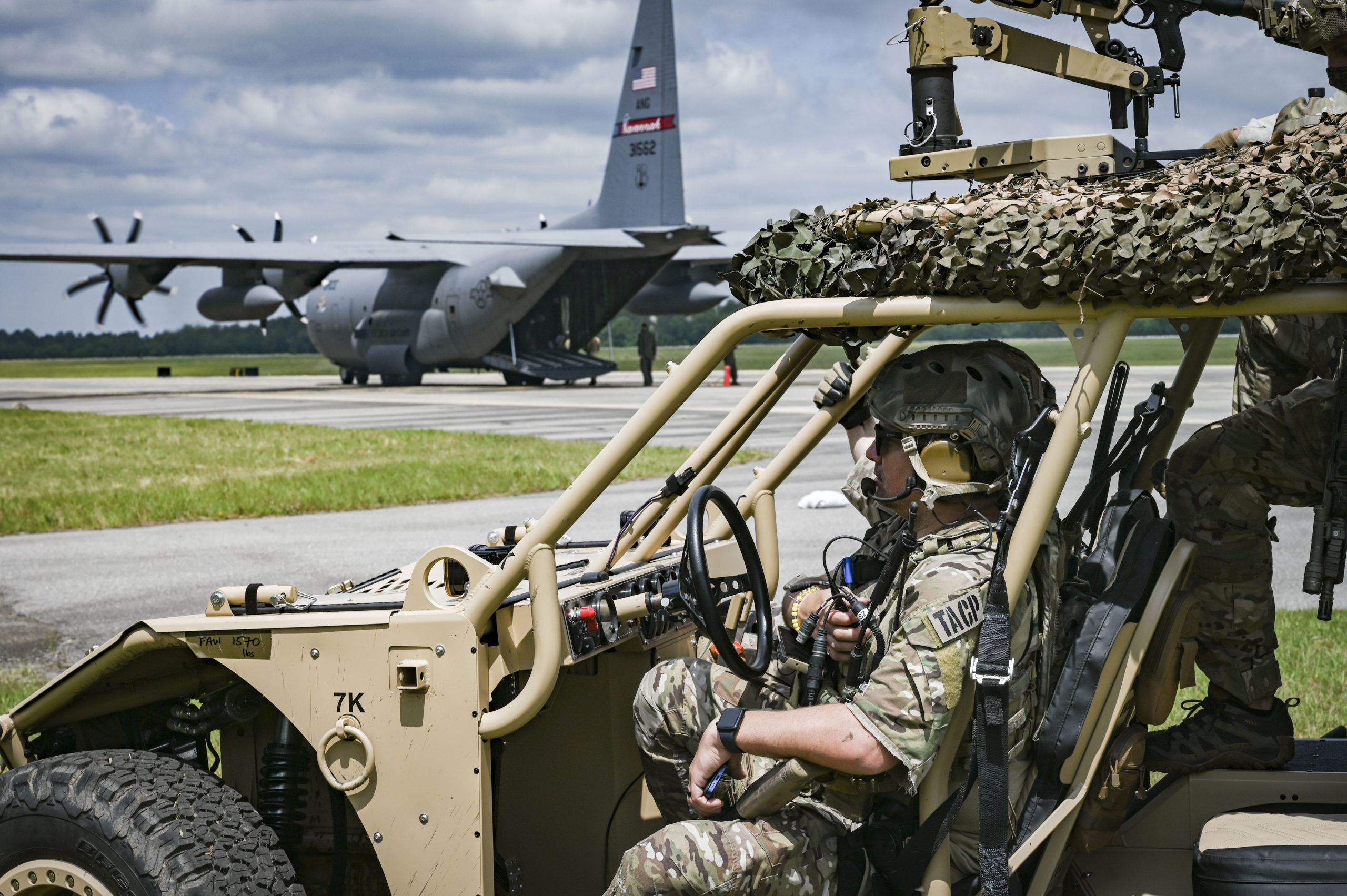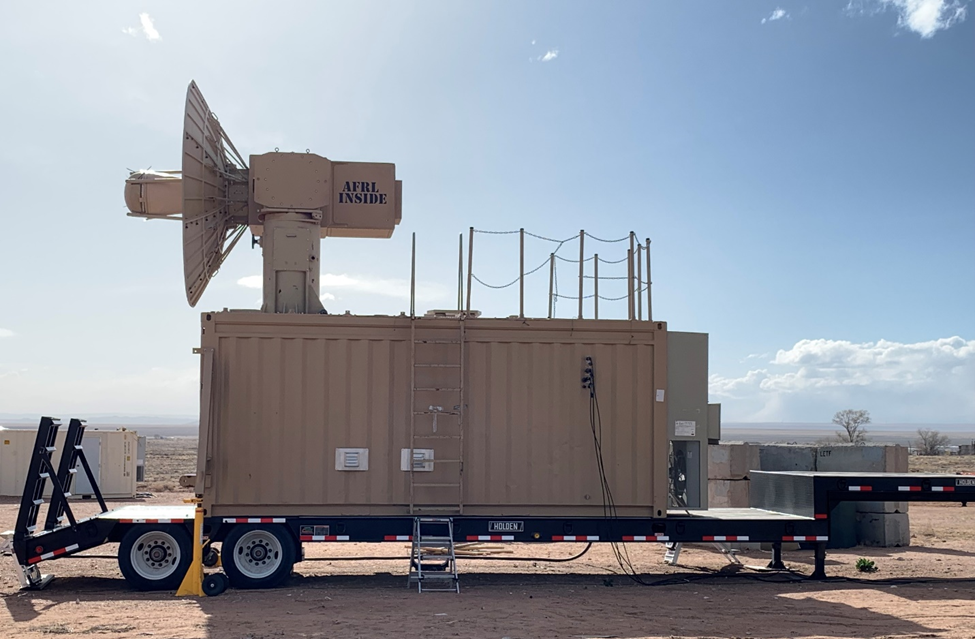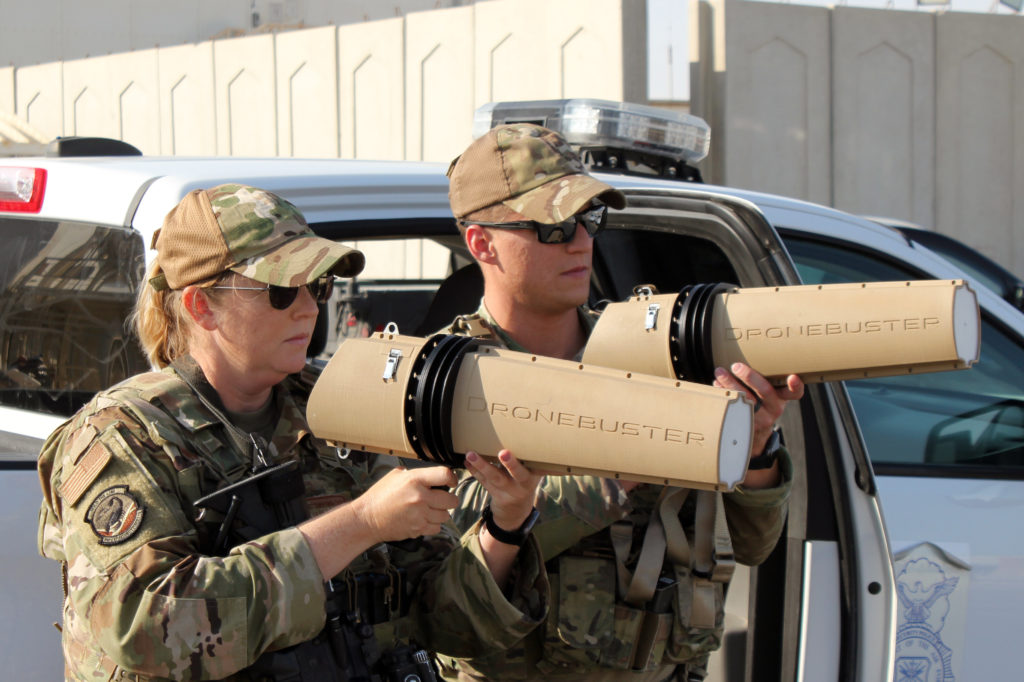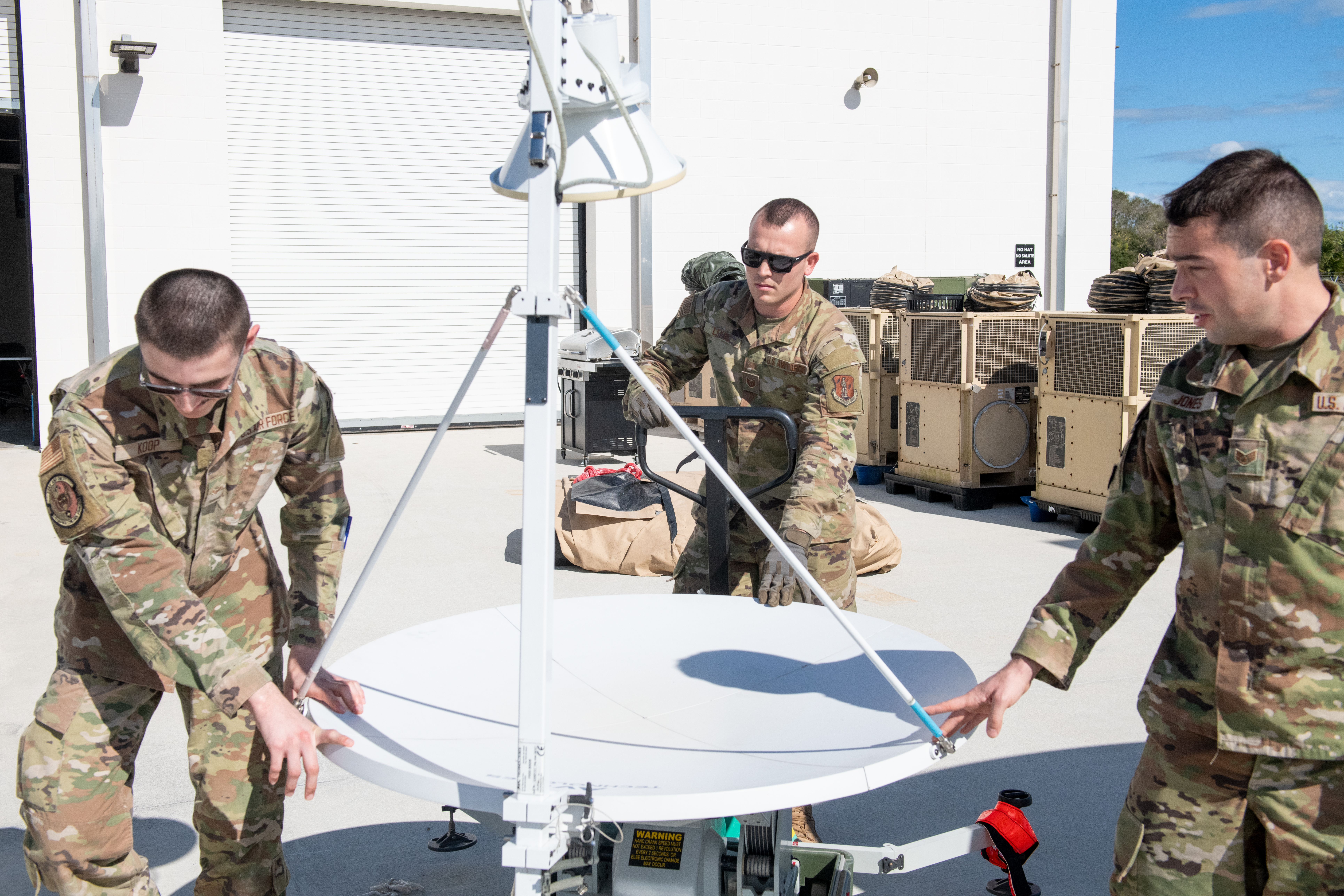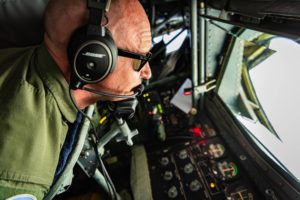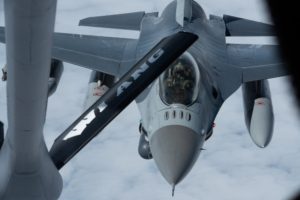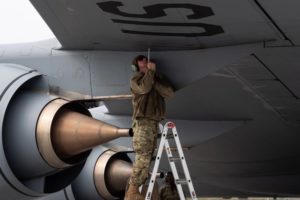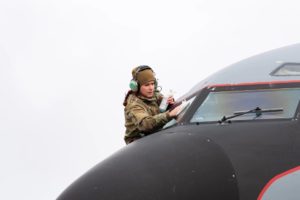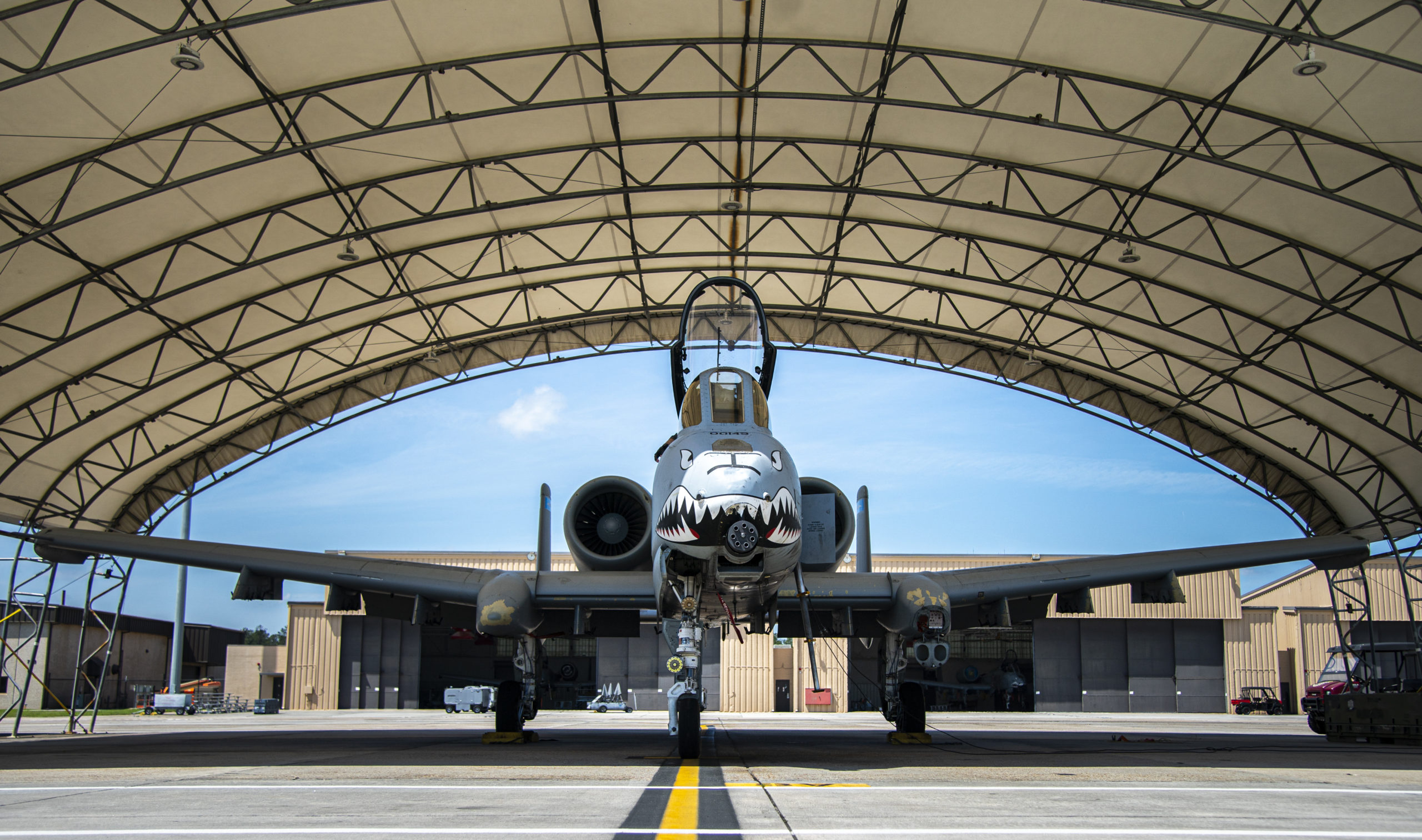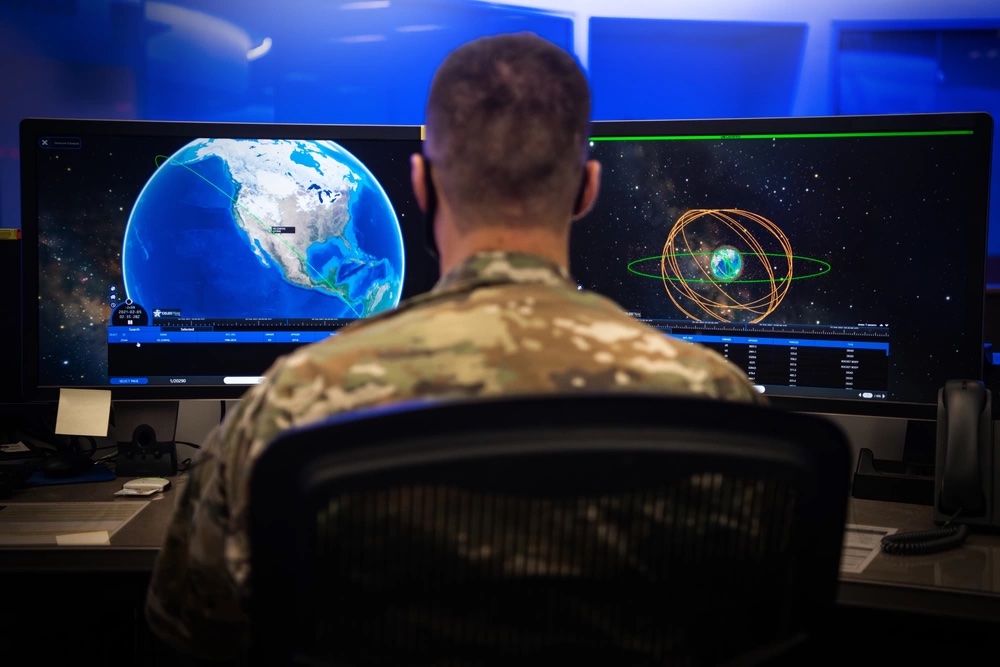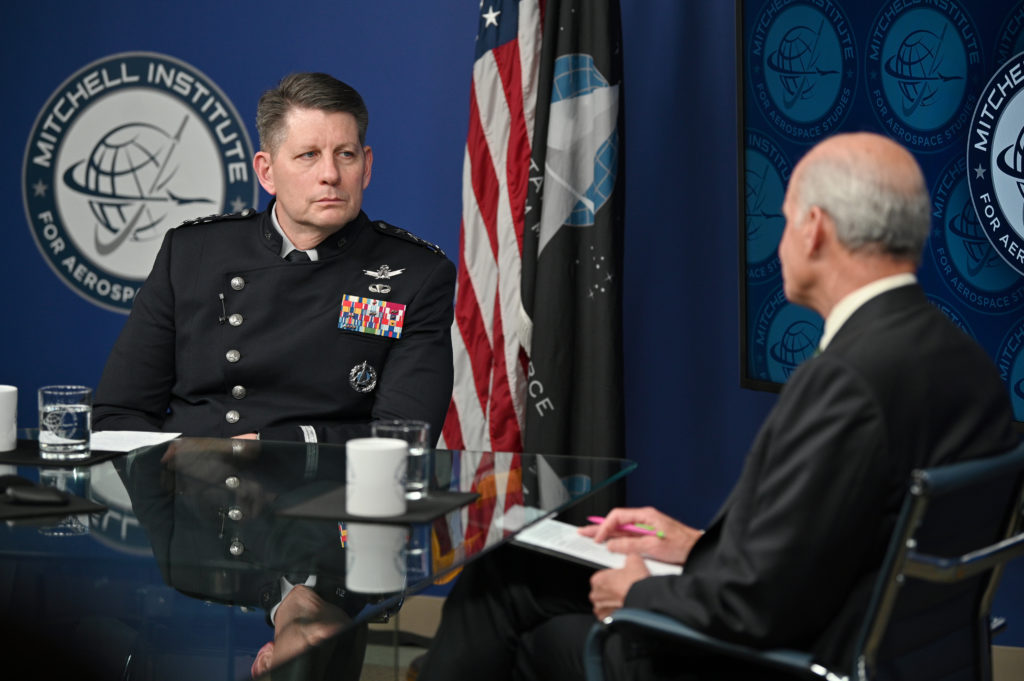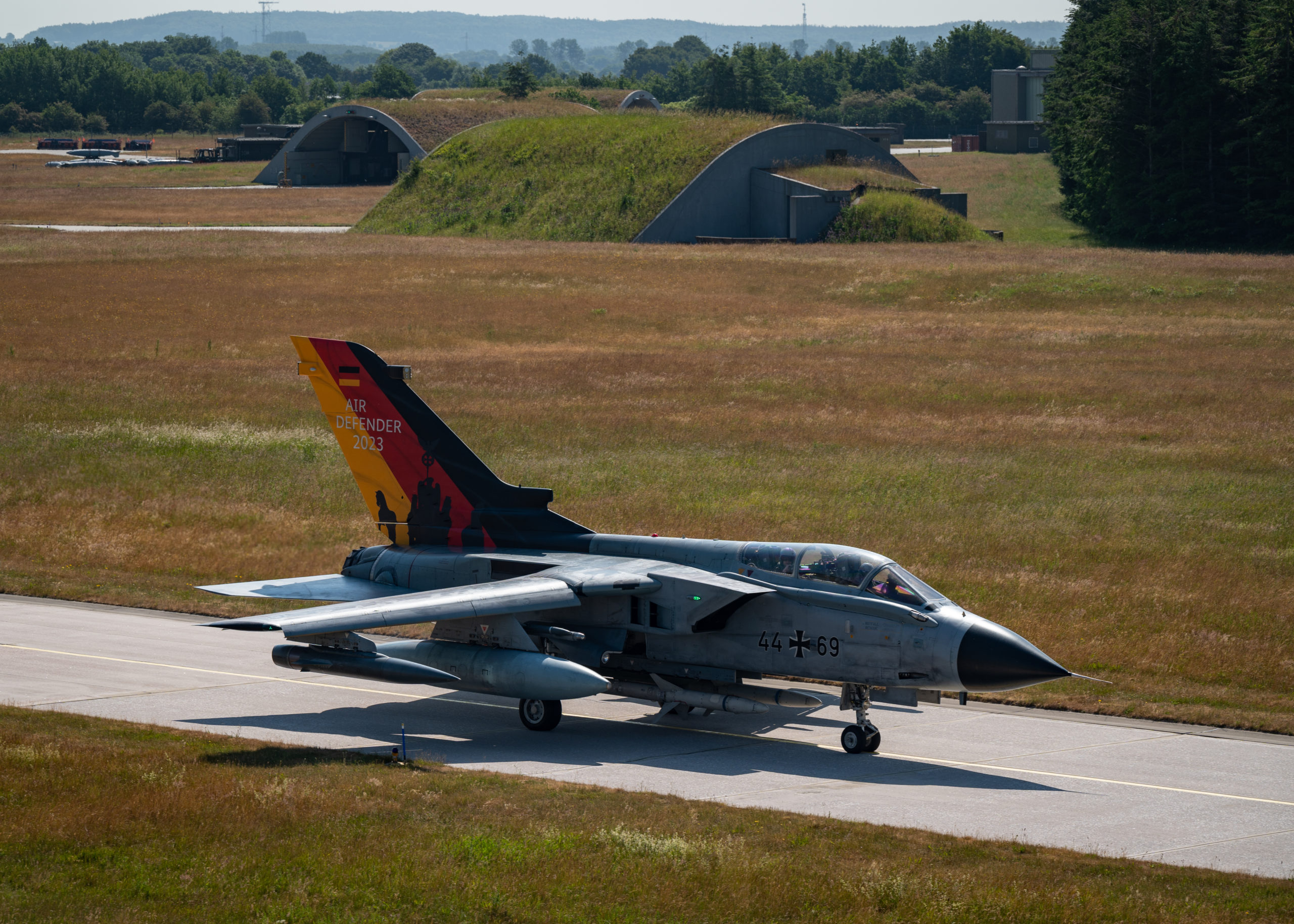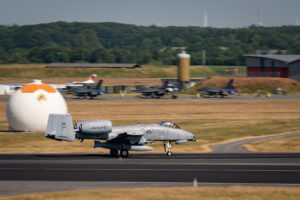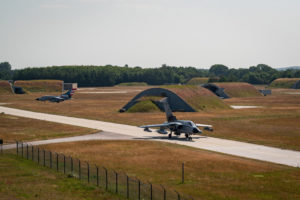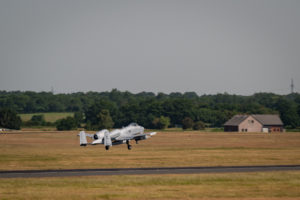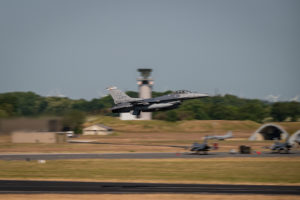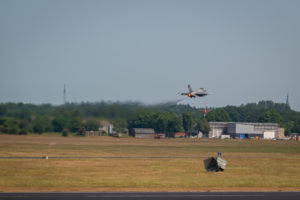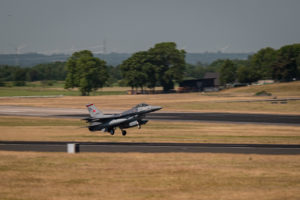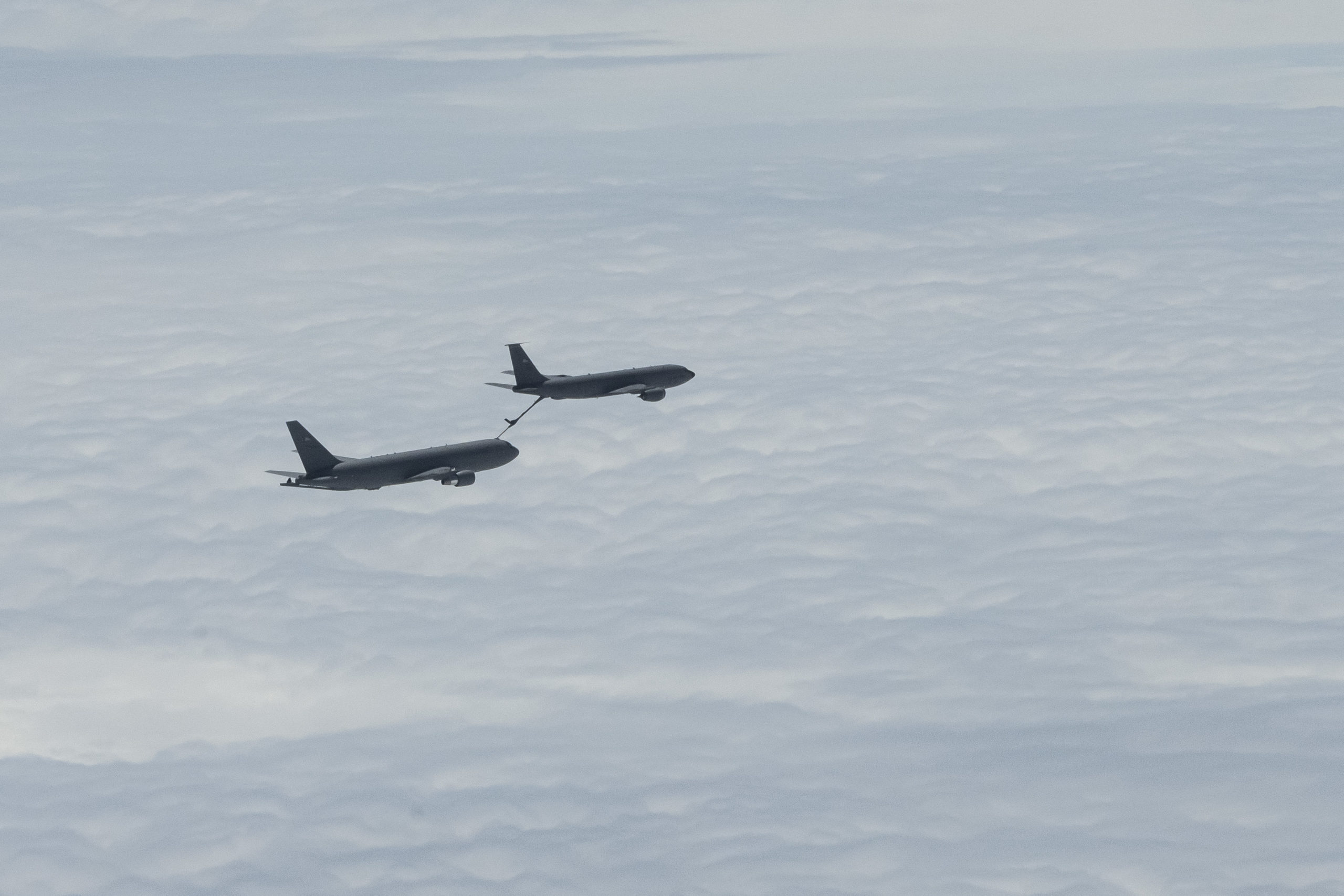Air Force leaders have already said they are shifting their focus away the hypersonic Air-Launched Rapid Response Weapon (ARRW). Now, the program may not get funding to complete a final few tests if the chairman of the House Armed Services Committee gets his way.
In his markup of the 2024 National Defense Authorization Act released June 12, Rep. Mike Rogers (R-Ala.) completely removed $150.3 million in completion work on ARRW the Air Force had requested to “close out” and collect data from the program, which the service has said it won’t pursue into production after a series of test failures.
Congress’ interest in hypersonics, however, has not waned. Rogers’ mark includes a boost of $20 million for the Hypersonic Attack Cruise Missile (HACM), the Air Force’s other hypersonic program, and the strategic forces subcommittee included a provision in its NDAA markup pushing the Pentagon to submit a hypersonic testing strategy and study two additional hypersonic live-fly testing corridors.
Additional testing corridors could be particularly crucial, as the Air Force Research Lab’s chief technology officer warned June 14 that a lack of testing capacity is the biggest obstacle to fielding new U.S. hypersonic weapons.
In a livestreamed event with Defense One, AFRL’s Timothy Bunning also called for patience and a willingness to accept failures in testing hypersonic weapons. Noting that there has been high-level and public scrutiny of tests that haven’t succeeded, Bunning said “we’re really exercising muscles that we haven’t exercised in a while” relative to hypersonic testing. Hypersonic vehicles are “complex systems, and things go wrong, and we have to be tolerant of that failure,” he added.
ARRW was the most high-profile example of test failures—the missile, developed by Lockheed Martin Missiles and Fire Control, suffered a series of test failures in 2021 followed by a successful all-up flight in 2022. Then in March, a second all-up test failed.
Shortly after that, Air Force Secretary Frank Kendall told the House Appropriations defense panel that the service is shifting its focus to HACM, being developed by Raytheon and Northrop Grumman, because it is smaller, has long range, and can be carried by a wider range of Air Force aircraft than the ARRW, which can only be deployed by bombers.
Yet even as the Air Force prepared to move on from ARRW, acquisition executive Andrew Hunter told lawmakers in written testimony March 30 that there is “inherent benefit to completing All-Up Round (AUR) test flights” of ARRW to get the maximum benefit of “the learning and test data that will help inform future hypersonic programs and potential leave-behind capability.”
USAF officials had said that up to four test flights of ARRW could be flown in fiscal 2024 before shutting the effort down. Should Rogers’ mark go unchanged in the final NDAA, the program would end the effort in September, leaving the Air Force with an undisclosed number of test assets which it has said could potentially be used operationally.
In comparison to testing failures like ARRW’s, Bunning argued that competitor nations are “doing lots of tests and they fail all the time, and maybe don’t have the political pressure, [the] public pressure, [the] negative pressure” to succeed in the way U.S. systems do.
In addition to that pressure, Bunning also highlighted the need for more testing the toughest challenge to going faster on hypersonics.
Bunning said the Air Force Scientific Advisory Board reviewed the service’s hypersonics efforts recently and called shortfalls in testing capability the “No. 1 threat” to the portfolio.
“It is not solved,” he said. “We don’t have what we need to … operate at the speed of relevance right now.”
In the fiscal 2023 NDAA, lawmakers directed the Pentagon to submit a hypersonic testing strategy, to be updated every other year, and to study additional hypersonic testing corridors. A year later, those plans are still not submitted, and the strategic forces subcommittee is threatening through its 2024 markup to restrict senior Pentagon official travel until it gets them.
While AFRL is trying to accelerate testing in its part of the hypersonic enterprise through modeling and simulation, as well as cooperative testing with Australia, which has extensive test ranges, the overall capacity is well behind the need, Bunning said.
AFRL’s role in hypersonics is mainly focused on the heat-tolerant materials needed for air vehicles operating in the extreme environment of Mach 5+, where friction temperatures stress typical aerospace materials, Bunning said. AFRL is also working on the “aero packaging” of vehicles and the warheads that go with them, he said.
“We’re trying to stay true to our role … to look forward, provide technologies that we know will have an effect that will shape the fight,” Bunning said.
“Clearly, range and speed are big drivers for the portfolio right now,” and AFRL is pushing hypersonics forward “where needed,” he added.
